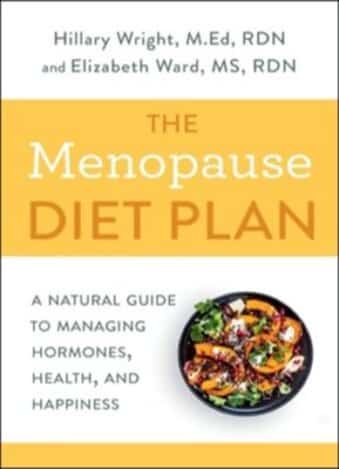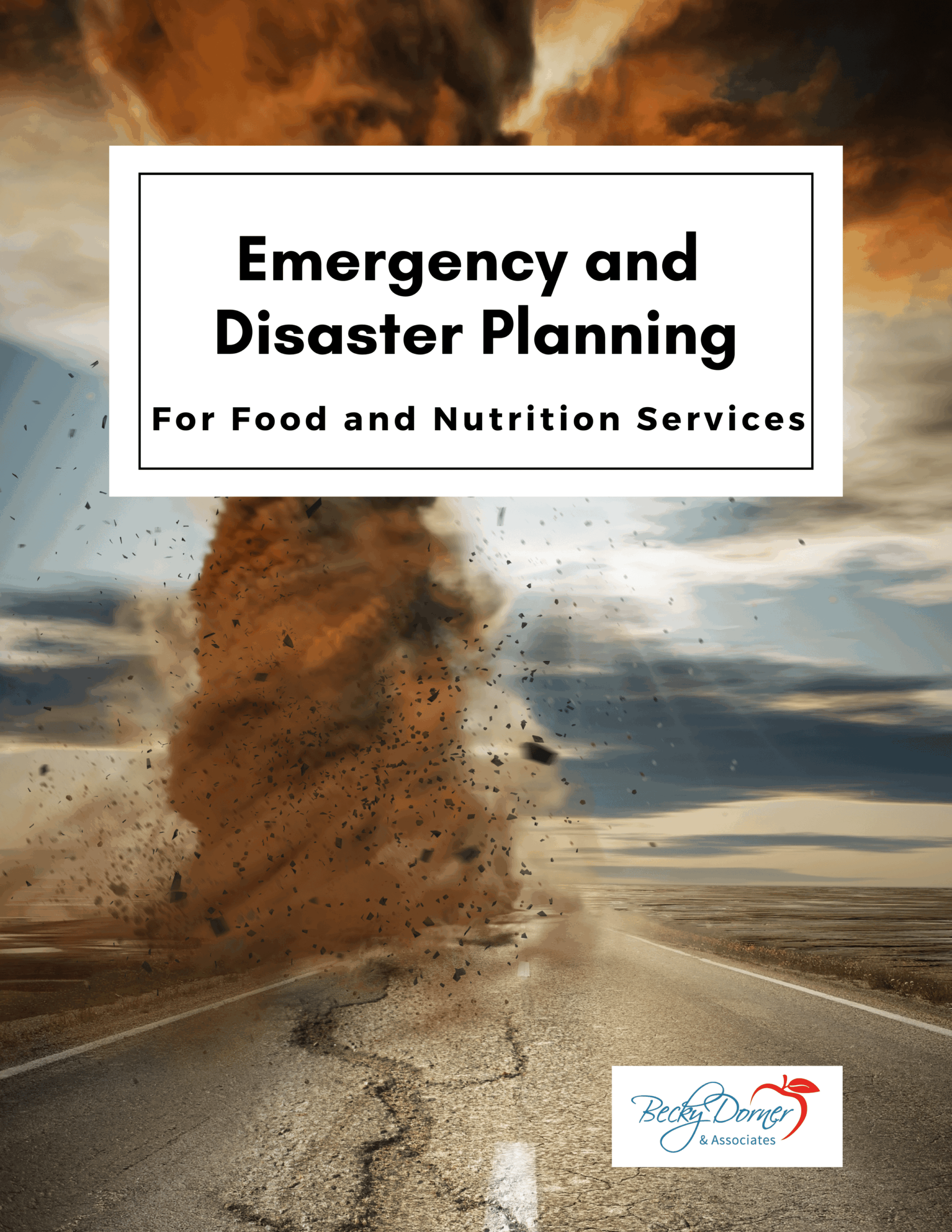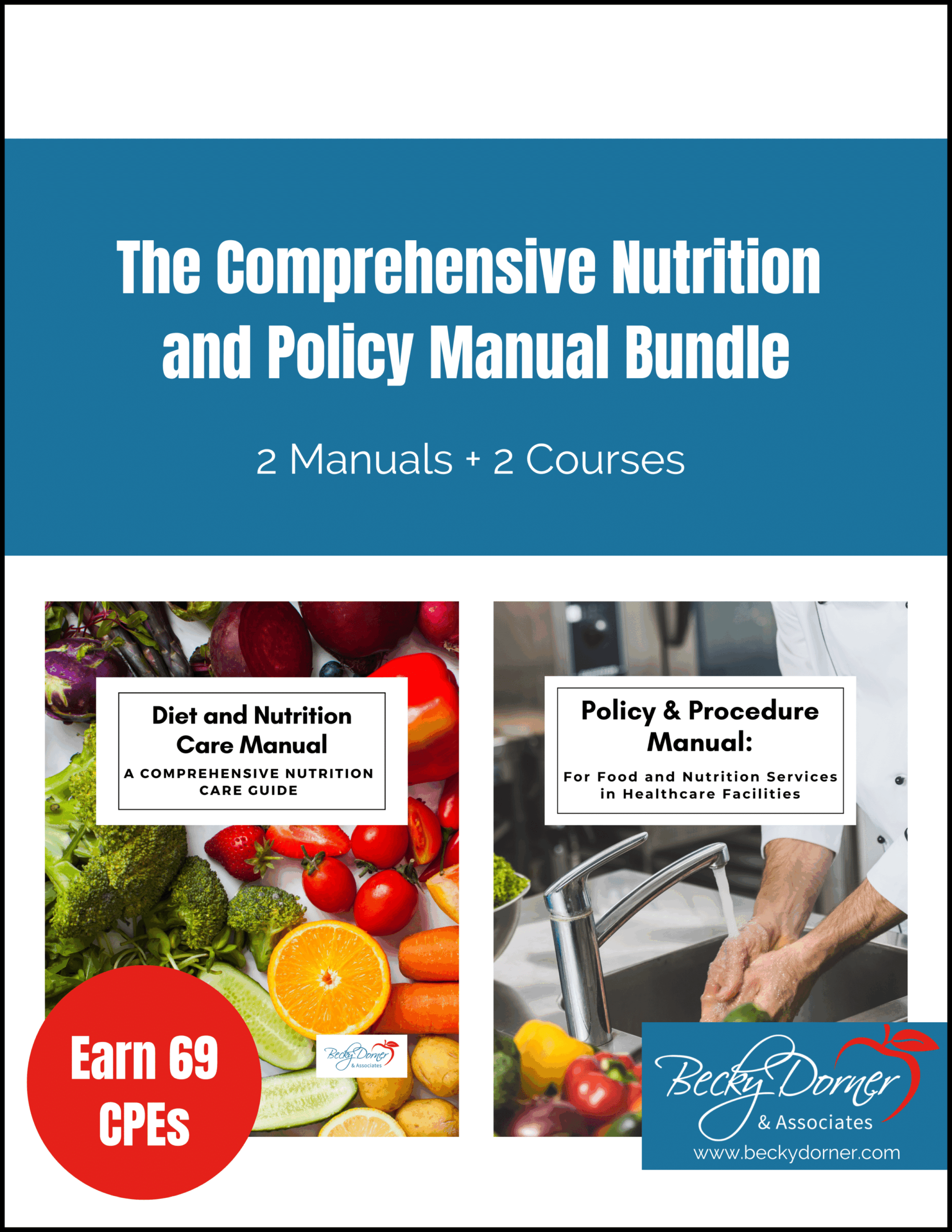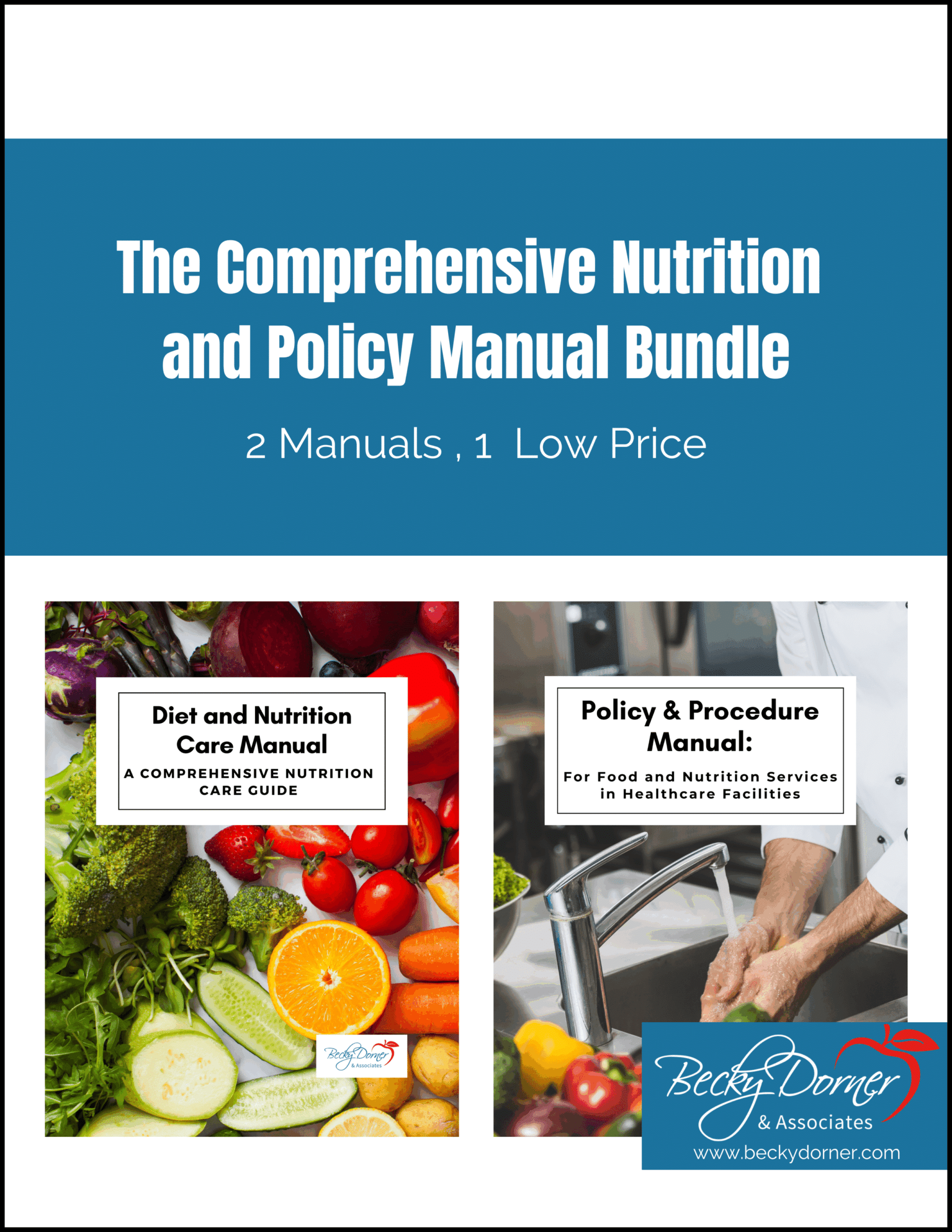
Guest blogger: Mary Litchford PHD, RDN, LDN
Myth # 1: I’m too busy to learn how to do Nutrition Focused Physical Assessment (NFPA).
Keeping clinical skills consistent with current standards of practice in dietetics is essential. All nutrition professionals have a duty to demonstrate a level of clinical expertise that is consistent with current standards of practice in dietetics. If time is an issue, set a goal to sharpen your clinical detection skills over the next 6-12 months. There are numerous books, webinars and CE courses on NFPA available at www.BeckyDorner.com to help you learn this vital component of nutrition assessment.
Myth #2: I don’t use Nutrition Care Process (NCP) so NFPA will not fit into my current assessment and documentation practices.
NCP has been the standard of practice in dietetics for over 10 years. If you have not started using it, now is a great time to update your assessment and documentation methodology to be consistent with standards of practice. NFPA is one of the five components of nutrition assessment in the nutrition care process. It is based on a focused hands-on assessment evaluating body systems for evidence of nutrient deficiencies or toxicities. For example signs of muscle and subcutaneous fat wasting, poor oral health, impaired ability to suck, swallow or breathe, changes in appetite and abnormal affect. Findings are usually consistent with anthropometric measurements, biochemical data and dietary intake, but not always. The goal of NFPA is to determine if there are physical changes that have resulted from suboptimal food and/or water intake. It is a tool to help the medical team “connect the dots” that lead to an accurate medical diagnosis and as a measuring stick to evaluate the effectiveness of MNT.
Myth #3: I’ve never seen a patient with malnutrition or vitamin mineral deficiencies so I don’t need to use NFPA.
One reason clinicians don’t see malnutrition or vitamin mineral deficiencies is because they aren’t looking for them. The Academy of Nutrition & Dietetics and American Society for Enteral and Parenteral Nutrition have published Consensus Guidelines on Characteristics of Malnutrition for adults and children. There is more evidence in the scientific literature of patients with vitamin and mineral deficiencies related to food insecurity, chronic diseases, medications, and malabsorptive surgeries. When you start using NFPA, you will find individuals who manifest signs and symptoms of malnutrition and vitamin-mineral deficiencies. NFPA is a tool to improve health outcomes and reduce healthcare costs.
Myth # 4: I’m sure my department manager would not allow RDNs the time to do NFPA.
Now is the time to speak with your manager about the doing NFPA as part of the NCP. If you are not doing NFPA, then you are excluding a component of NCP in your nutrition assessments. Individuals working in supervisory roles expect professional staff to be “on the cutting edge” and to continually learn how to improve clinical skills. Healthcare reform is changing the landscape of medical care and professionals are taking on new roles and responsibilities. Use the climate of healthcare reform to add NFPA to your practice.
Myth # 5: I don’t feel comfortable touching patients.
NFPA does require you to touch the patient and it important to feel comfortable in this role. Practicing NFPA skills on friends and family will help you overcome these fears. It is vital to use universal precautions and standards set by your healthcare organization for infection control. If you are unfamiliar with these precautions, your manager can help you identify educational resources specific to your healthcare organization.
Myth # 6: I’m afraid the nurses and doctors will feel threatened if I do hands on assessment.
If RDNs in your facility are not currently doing NFPAs, it is important to notify the medical team ahead of time that RDNs will be doing hands on assessments. This is an opportunity to work collaboratively with the medical team. Map out a strategy with your supervisor to initiate this change in practice. Ask other members of the medical team to allow RDNs to shadow them and work collaboratively on hands-on assessments. Explain that this will help you to be a more integral part of the team. You can also ask experienced colleagues for opportunities to shadow them at work.
Myth # 7: I’ve been a clinician for 25 years. It’s really tough for me to learn anything new.
None of us like to work out of our comfort zone. However, as a credentialed professional you have the responsibility to stay current with standards of practice. NFPA is part of NCP. NCP is the standard of practice for nutrition professionals. Once you step out of your comfort zone, you will likely find NFPA to be an invaluable addition for your professional toolkit. Take steps to learn more about NFPA and soon you will find that this is an essential component of clinical nutrition practice.













Excellent blog regarding NFPA with very good suggestions on how to incorporate NFPA/E into clinical practice. NFPA/E is so important in all areas of clinical dietetics, including in the long term care setting where dysphagia and wounds/pressure ulcers may go undetected.